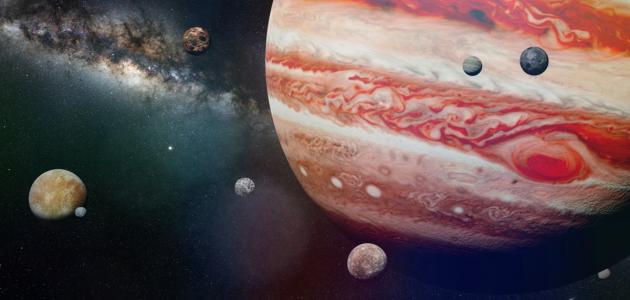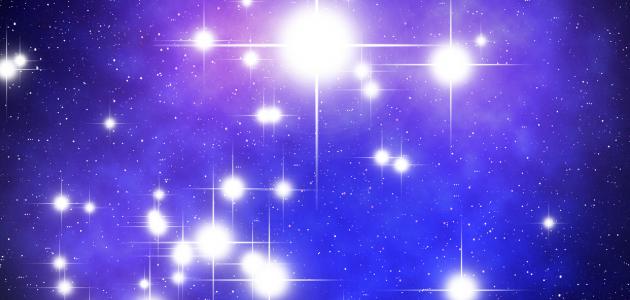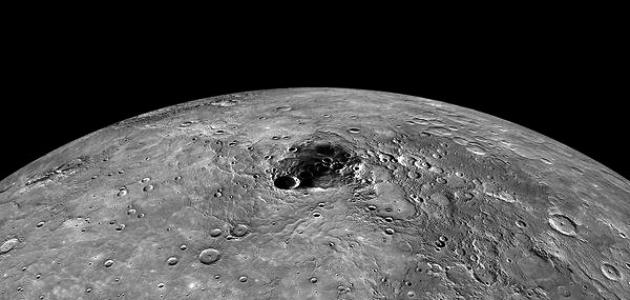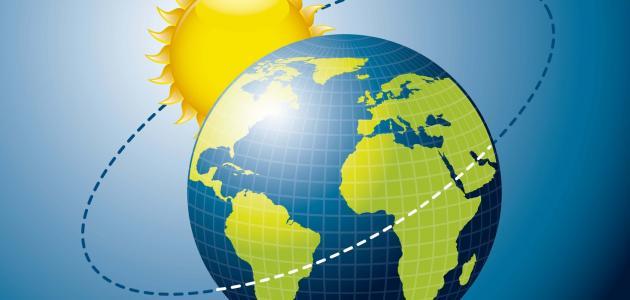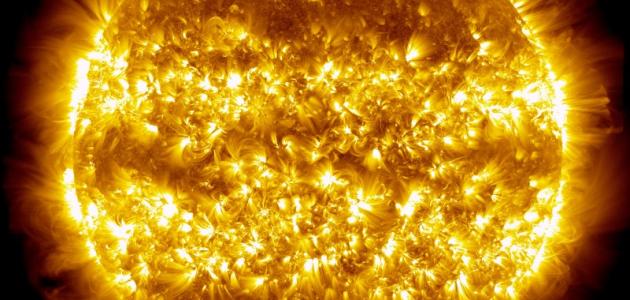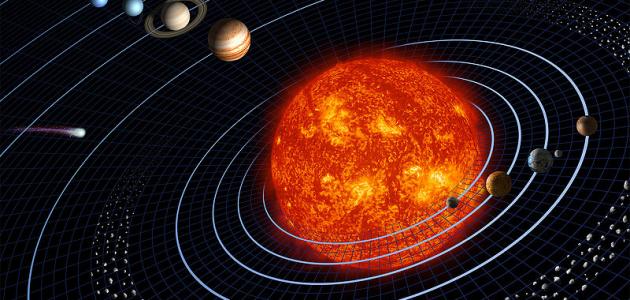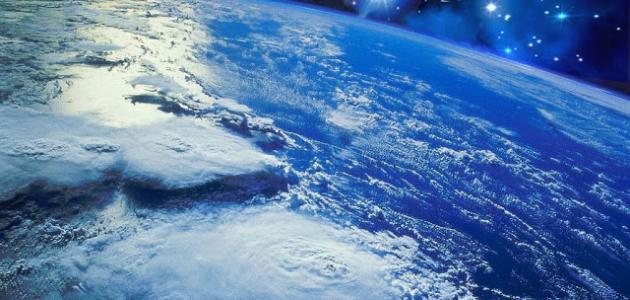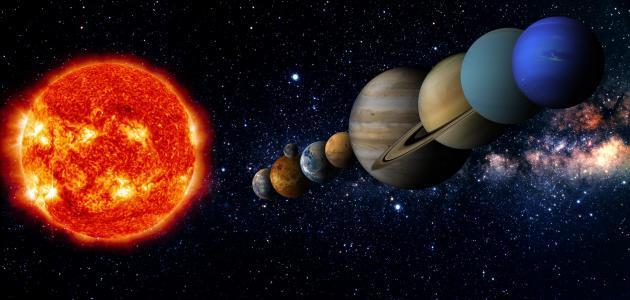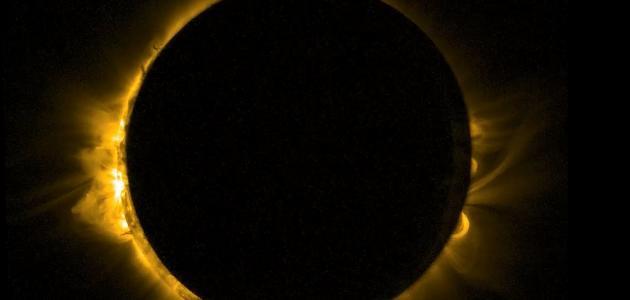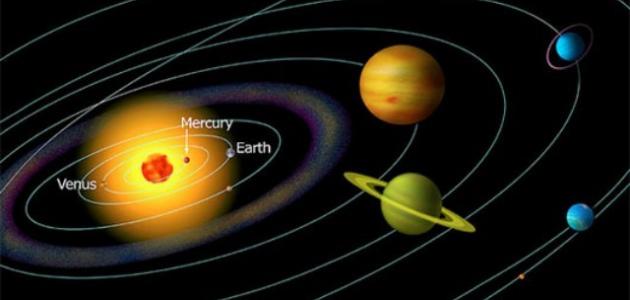The number of moons of Jupiter
Scientists believe that the number of moons of Jupiter is 79, which is the largest number of moons belonging to the same planet within the planets of the solar system. Official, and among the most famous and confirmed moons of Jupiter and the most important to scientists are the Galilean moons, which are the first moons to be discovered outside Earth.
The reason why Jupiter has a large number of moons
The large mass of Jupiter is one of the reasons that help the presence of many moons revolving around it, as its mass exceeds the mass of the planet Earth by more than 300 times. High enables it to attract many moons, but this is not the only reason that enables Jupiter to keep its moons, as there are many giant planets that exist outside the solar system, but they have only a few moons, if any; This is because it is close to its stars that exceed it in size, so when the planet approaches its star enough, the star will attract its moons, while Jupiter enjoys a great distance separating it from the sun, which reduces the gravitational force of the sun and limits its ability to attract the moons of Jupiter.
Read also:Characteristics of the planets of the solar systemThe magnetic field of Jupiter can be likened to a giant magnet, and it is believed that this field arises from the eddy currents resulting from the rotation of liquid metallic hydrogen in the atmosphere during the rotation of Jupiter. The magnetic field of Jupiter is twenty times stronger than the magnetic field on Earth. Instead of the gaseous state, it returns to the high pressure that liquefies hydrogen gas.
How to discover Jupiter's moons
The scientist Galileo discovered the four most brilliant moons of Jupiter, which were named after him in 1610 AD, and they are the first objects to be discovered in the solar system using the telescope, and in 1892 AD Edward Emerson Barnard discovered the fifth moon “Amalthea” using the telescope as well, and the rest of the moons were discovered through pictures The first sixty Jupiter satellites that were discovered were given Roman numerals in the order of their discovery, and scientists believe that there are many Jupiter moons that exist at great distances that scientists have not been able to discover until now.
Types of moons of Jupiter
Scientists have classified the moons of Jupiter into two types, regular moons that have progressive orbits, meaning that they rotate with the direction of Jupiter’s rotation, and irregular moons. the buyer.
Read also:What do you know about comets?regular satellites
Jupiter has eight regular moons that have almost circular orbits, and they are of two types; The inner moons are called the Amitalia group and have a role in controlling the system of Jupiter's rings. The second type is the Galilean moons or the main moons, and they include some of the largest astronomical bodies in the solar system.
the inner moons
There are four small moons with a diameter of less than 200 km that are considered among the inner moons (in English: the inner moons) of Jupiter, and they have a role in the continuation of its rings, as the Metis moon and the Adrastea moon help in the continuation of the main ring, while the Amalthea moon and the Thebe moon help in the survival of the rings The faint outer, and the diameter of the orbit of the inner moons is 200,000 km, and they have an orbital deviation of less than half a degree. Among the most important characteristics of the inner moons are the following:
- Metis satellite: (in English: Metis): It is the closest moon to Jupiter, at a distance of 128,000 km from it, and it was discovered in 1979 AD by the Voyager space probe, and it was named in 1983 AD after Metis, the first wife of Zeus, and it has a diameter of approximately 40 km, and it is bounded by Jupiter - it remains facing it. During its rotation around it - and it is distinguished by its irregular shape, as one of its diameters is twice the smallest diameter.
- Adrastea satellite: It is the smallest of Jupiter's inner moons, and it is the second moon in terms of distance from Jupiter, as they are separated by a distance of 129,000 km, and it is also known as Jupiter fifteenth.
- Amalthea (in English: Amalthea): It is the third moon in terms of distance from Jupiter, and it was discovered by the scientist Edward Emerson Barnard on the ninth of September 1892 AD, and it was named after Amalthea, a nymph mentioned in Greek mythology, and among its features is the presence of large craters and hills on its surface, but in terms of composition it is believed that it consists of ice Porous contains multiple materials.
- Thebe (in English: Thebe): It is the fourth inner moon in terms of distance from Jupiter, and it is also known as Jupiter fourteenth. It is distinguished by its reddish color, irregular shape, large craters and high mountains, and is composed of porous ice that contains various materials.
Galileo satellites
The Galilean Moons are considered the four main moons of Jupiter that were discovered by the scientist Galileo in 1610 AD, and it was believed at the beginning that they were stars, and these moons have scientific importance as they proved at that time that the Earth is not the center of the universe, and therefore it is not necessary that all revolve The celestial bodies around it, and the Galileo satellites, are as follows:
Read also:When does Suhail star appear?- The moon Io (in English: Io): It is the most volcanically active astronomical body in the solar system, where volcanoes fed by hot molten silicic materials are active in it, and it has a somewhat elliptical orbit, and is characterized by its surface covered with multiple types of colored sulfur, and due to the exposure of the moon Io to Jupiter’s enormous gravity, sufficient heat is generated in it to evaporate water from its surface completely.
- Europa's moon (in English: Europa): It is a moon whose surface is covered with a layer of ice, and it is believed that there is water underneath it. Scientists also believe that there are habitable areas on the moon of Europe. Because it contains water twice the amount of water that exists on the surface of the earth, and this belief is justified by scientists discovering the existence of life forms in extreme places on the earth, such as areas near underground volcanoes, somewhat similar to the conditions prevailing on the moon of Europe.
- Ganymede's moon: It is the largest moon in the solar system, as it exceeds the planet Mercury in size, and it is the only moon in the solar system that has an internal magnetic field.
- Moon Callisto (in English: Callisto): Callisto's surface is one of the most ancient, and it is almost completely covered with craters, and the presence of some very small craters on its surface indicates recent surface activity.
irregular satellites
A large distance separates Jupiter's irregular moons from the planet itself, and these moons are distinguished by their small size and the presence of an inclination in their orbit around Jupiter. In 16 AD, however, it did not have official names yet, and the irregular moons are divided into several groups that are similar in composition and orbital elements such as the orbital semi-axis and orbital inclination, and each group bears the name of its largest moon.
The Himalayas group is named after the Himalayas, which is the largest of the group's moons, and the fifth largest of Jupiter's moons, with a radius of 85 km. They are the moons Leda, Lysithia, and Elara, and all of these moons rotate in progressive orbits in the same direction as Jupiter's rotation.
The Karm group is named after the moon Carme, which has a radius of 23 km, and it is believed that the moons of this group have a common origin, as they share their red color, and they revolve around Jupiter in retrograde orbits opposite to the direction of the planet’s rotation. In English: Ananke), it is distinguished by its gray color, and its retrograde orbits, as it rotates opposite the direction of Jupiter's rotation. It was named after the moon Ananke, which has a radius of 14 km, and which is believed to be a planet that was captured by the influence of Jupiter's gravity and then destroyed to form the other 15 moons.
The Pasiphae group is called in relation to the Pasiphae moon with a radius of 30 km, which is believed to be an asteroid attracted by Jupiter with the influence of its high gravity, and was subjected to a series of multiple collisions, which produced a group of diverse moons that range in color from red to gray, and all orbits The moons of this group are retrograde, and the irregular moons also include individual moons that do not form part of a particular group. Examples of them are the following:
- Themisto moon (in English: Themisto): It is the moon closest to Jupiter among the irregular moons with progressive orbits.
- Carpo moon (in English: Carpo): It is the moon farthest from Jupiter among the irregular moons with progressive orbits.
- Satellite S/2011 J 1 and Satellite S/2003 J 12: They are the two moons closest to Jupiter among all the moons with retrograde orbits.
- Satellite S/2003 J 2: It is the outermost of all Jupiter's moons.
Jupiter
Jupiter is called by this name in relation to Jupiter, the king of the gods in Roman mythology, and it is famous for being the largest planet in the solar system in size, as its size is 1300 times the size of the planet Earth, and theoretically it can accommodate all the planets of the solar system inside it, and it is the second planet The solar system shone in the earth's sky after Venus, and the fifth in terms of distance from the sun, as the average distance between Jupiter and the sun is 5.2 astronomical units, more than five times the distance between the earth and the sun.
The atmosphere of Jupiter is distinguished for being the largest among the atmospheres of all the planets of the solar system, as it consists of hydrogen and helium, which exist in proportions almost similar to what is found in the sun, and it also contains very small amounts of ammonia, methane and water, knowing that the proportion of hydrogen in the atmosphere is approximately 90%, which is too high for humans to breathe.
